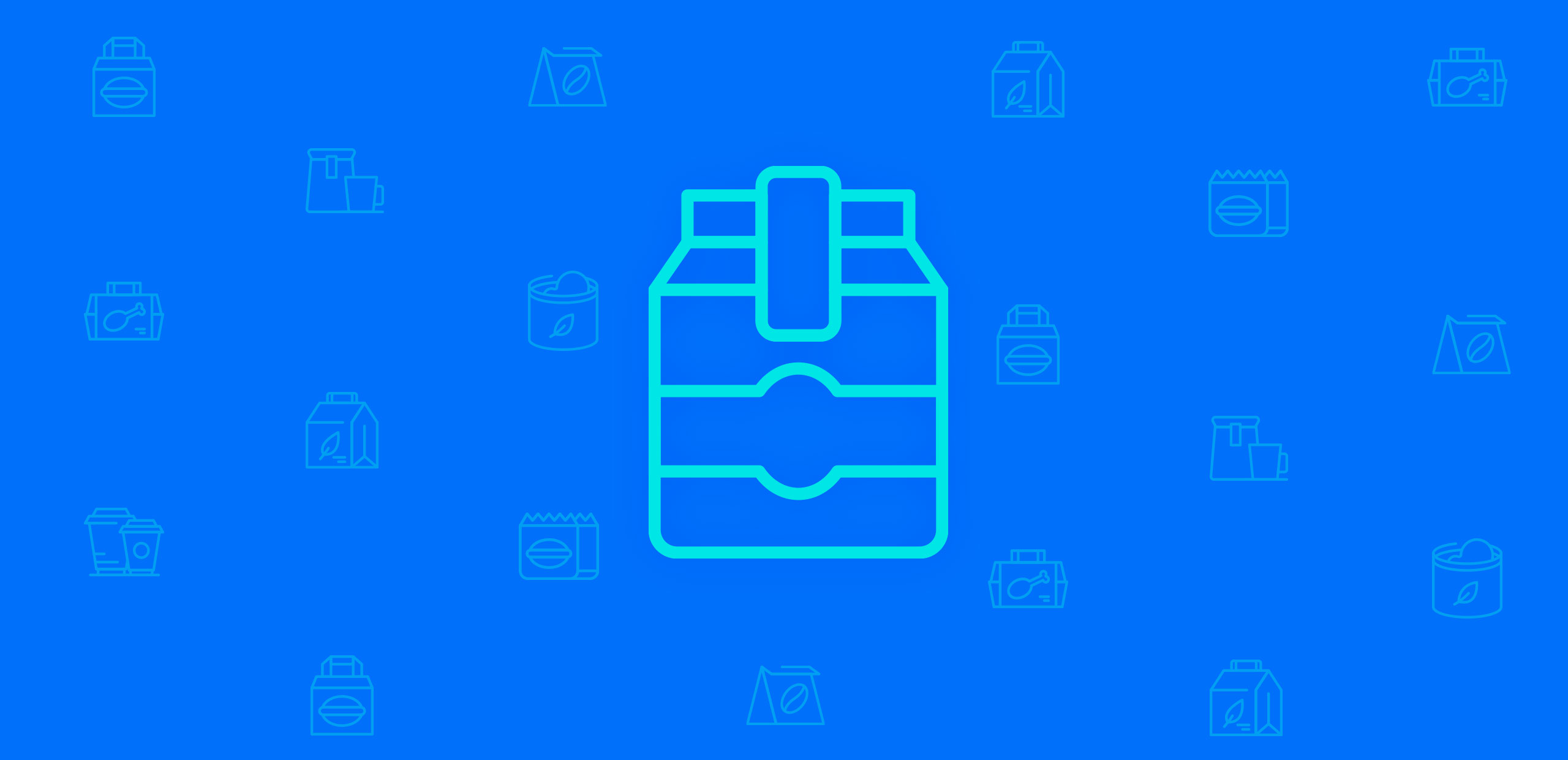3 Keys to a Winning Food Packaging Design

In the food industry, packaging is our first silent sales driver.
Before a consumer even tastes the product, they see it, touch it, evaluate it, they buy with their eyes. In Canada, and especially in Quebec, this reality is even more pronounced: shelves are crowded, and national brands compete directly with private labels. For your packaging to truly work, it must not only stand out but also be understood within seconds.
1. Capture Attention at First Glance
Why does it matter?
It can’t be said enough: grabbing attention quickly is essential.
A NielsenIQ (BASES) study shows that many redesigns fail to deliver any significant sales increase, proving that if the packaging doesn’t grab attention right away, nothing else can compensate for it. Shoppers make their decision in roughly 19 seconds in front of the shelf.
In a market where 42% of Canadians say they buy more private-label products than before, and 72% consider them good value for money, the visual battle is tougher than ever.
What you should do:
- Make the brand stand out as a ‘family’ on the shelf: create a distinctive brand block (color, pattern, layout) that is instantly recognizable to shoppers.
- Conduct a competitive shelf analysis (IGA, Metro, Costco) before starting any design: identify dominant visual codes (colors, formats, icons) and ensure our design truly stands out.
- Consider the bilingual environment (French and English) from the start: switching to a unilingual version for exportations will be much easier later than doing it the other way around at a later stage.
- Also prepare e-commerce adaptations (thumbnails, product images): the eye lands even faster on a screen than on a shelf.
2. Hierarchy: Put the Right Information in the Right Place
Why is it decisive?
Research shows that when the main benefit or hero ingredient is instantly visible, purchase motivation increases. Conversely, unclear or cluttered hierarchy makes the shopper lose interest and the message.
With Canada’s new front-of-pack (FOP) nutrition symbol requirement effective January 1, 2026, identifying products “High in” saturated fat, sugar, or sodium, the challenge becomes even greater. Proper placement of the symbol is essential, it’s both a constraint and an opportunity.
According to Marie-Pier Lalli, Director at A•melior, an organization supporting food manufacturers in improving their products to comply with current regulations, “the arrival of the nutrition symbol is a major turning point. It’s an opportunity for companies to revisit their formulations and positioning to align regulatory compliance, nutritional performance, and consumer expectations for transparency.”
Today’s consumers are better informed, more demanding, and increasingly aware of the impact of their food choices. They prioritize healthy products and brands that communicate openly about their ingredients and values. Food processors must now ensure they convey this clearly and effectively.
What you should do:
- Structure information into three levels:
1. Primary claim / key benefit (top of pack, often near the logo)
2. Brand / product name (central or upper area depending on brand strength)
3. Visuals / details (flavor, variety, format, secondary certifications)
- Reserve a consistent top area for the nutrition symbol, if required, and test whether your main claim still stands out despite this constraint.
- Limit fonts and numbers: prioritize clarity and impact. One strong benefit and a simple icon beat dense text.
- Ensure mandatory bilingual information appears in both French and English with equal prominence across Canada. In Québec, following Bill 96 (June 1, 2025), no other language can visually dominate French, and any English descriptor included with a trademark must also appear in French.
- Perform 2-second legibility tests (is the main claim noticed?) and validate in a full-shelf context.
3. Build Trust: Reassure and Close the Sale
Why is it crucial?
After capturing attention and communicating the key message, packaging must reassure the shopper they’re making the right choice. In Canada, where consumers closely compare private labels and national brands, cues of trust, origin, ingredients, certifications, can be decisive.
According to PM Denault, Canadian Lead at NielsenIQ, products that feature two or more claims grow at roughly twice the rate of those showing only one.
Additionally, nutrition symbols can act as “warning signals”, so when they are required, the overall design must strengthen credibility.
What you should do:
- Use visual proof points: appealing ingredient photography, certification icons, meaningful percentages (“+30% protein vs. category average”) when relevant.
- Communicate local or Canadian origin when it’s an advantage (“Made in Canada,” “Aliments du Québec”), while respecting the official thresholds for these claims.
- Anticipate the nutrition symbol requirement: if your product is “High in”, embrace the reality and emphasize a compensating angle (“Classic crunch”, “Authentic taste without compromise”) rather than hiding it.
- Don’t overlook the at-home or e-commerce version: packaging that looks good in the kitchen strengthens repeat purchases.
Conclusion
Effective packaging design is not just about looking good. It must capture attention instantly, communicate clearly within seconds, and reassure at a glance. In Canada and Quebec where shelves are competitive and bilingual rules are strict, translation, hierarchy, and trust signals are now strategic essentials.
By applying these three golden rules, Attention, Hierarchy, Trust, you turn your packaging into a powerful sales driver. At Braque, we see it every day: the most successful designs are those built around the consumer journey, guiding products from the shelf to the cart.


